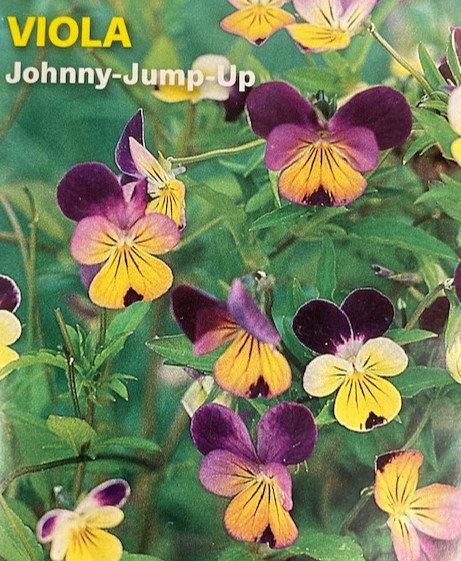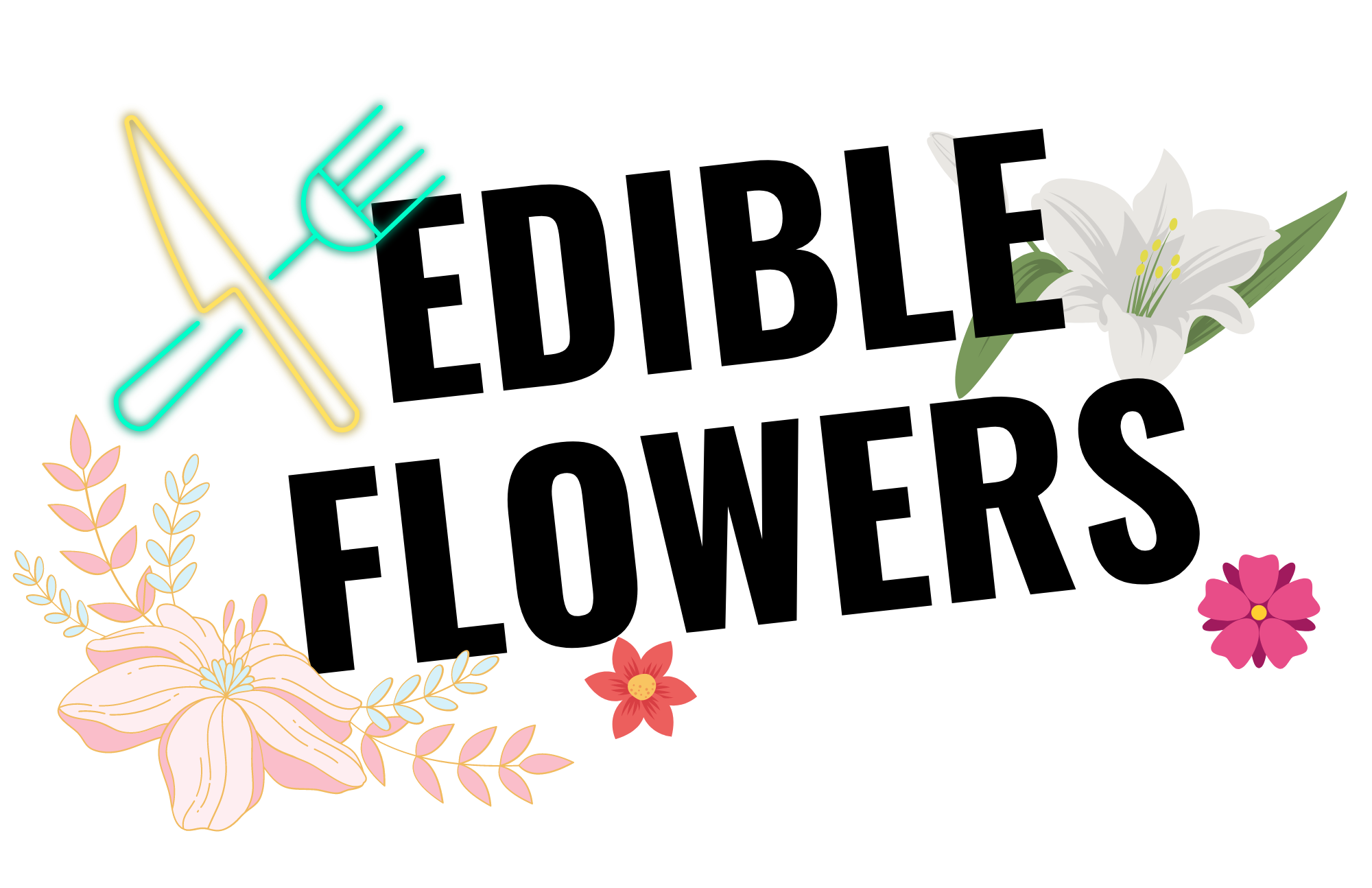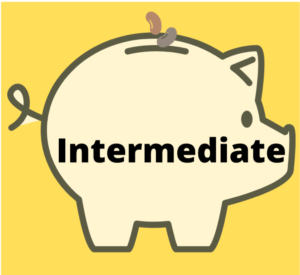
Viola
Viola is a relative of the pansy. It is a frost-hardy winter flower. Its edible flowers are slightly smaller than pansies.
|
Johnny-Jump-Up |
|
Viola tricolor |
|
Intermediate |
|
Intermediate |
|
2 years if properly stored |
|
Short-lived perennial |
|
12-21 days |
|
65-70 F |
|
2 Weeks of Cold Stratification |
|
1/4 inch |
|
10” |
|
Needs dark to germinate Full sun to part shade |
|
90-100 days |
|
January (special Seed Library event) and February June and July |
|
No |

Growing Tips



When to Start
Spring: For areas with harsher winters. Cold stratify viola seeds for 2 weeks. Start cold stratification 12-14 weeks before the last frost in the spring. (January-February for GA.) After the 2 weeks place the trays under the grow lights. Transplant after hardening off and after the danger of frost has passed.
Fall: For areas with milder winters. Recommend for GA. Cold stratify the seeds for 2 weeks. Start cold stratification 12-14 weeks before the transplant date. (End of July/Beginning of August for GA.) After the 2 weeks place the trays under the grow lights. Transplant after hardening off when the soil temperatures are between 45-65 F. (“Grow zone 6b & 7a September 15-October 1. Grow zone 7b October 1-15 for Jefferson GA. Grow zone 8a & 8b October 15-November 1”)1
How to Grow
Starting in Spring
Starting from seed requires a little planning to have them ready for fall transplant, which is the ideal time to transplant the viola in GA. The entire process to start from seed to transplantable seedlings takes 12-14 weeks. For spring sowing, work 12-14 weeks backward from the last frost date. (Late January/Early February for GA)
Viola seeds need 2 weeks of cold stratification to help the seeds break dormancy. Sow seeds into cells or pots to a depth of 1/4 inch as viola need complete darkness to germinate. Place the cells or pots into a plastic bag. Support such as a seed tray or cardboard may be needed to keep the pots from tipping. Then place them in the refrigerator for 2 weeks. Keep the soil moist but not soggy throughout this process. Check on them occasionally to make sure mold isn’t growing
After the 2 weeks is up, remove the violas from the refrigerator. And place them under the grow lights. The lights don’t have to be turned on until after the seedlings emerge. Violas like a soil temperature around 65-70 F for best germination. So, place them in a cool location. Start hardening off the seedlings 1-2 weeks before the transplant date. (May 1 for Jefferson, GA)
Starting in Fall
For fall planting the only difference from the instruction above is the timing. Start the seeds in mid-summer. (End of June – beginning of July for GA.) Sow seeds into cells or pots to a depth of 1/4 inch as viola need complete darkness to germinate. Place the cells or pots into a plastic bag. Support such as a seed tray or cardboard may be needed to keep the pots from tipping. Then place them in the refrigerator for 2 weeks. Keep the soil moist but not soggy throughout this process. Check on them occasionally to make sure mold isn’t growing
After the 2 weeks is up, remove the violas from the refrigerator. And place them under the grow lights. The lights don’t have to be turned on until after the seedlings emerge. Violas like a soil temperature around 65-70 F for best germination. So, place them in a cool location. Start hardening off the seedlings 1-2 weeks before the transplant date. (Oct 1-15 for Jefferson, GA)
Care
Violas like full sun, but can tolerate part shade. Violas will wilt in high heat. In areas where summers are hot, the viola will benefit from partial shade. Transplant after hardening off into full sun to part shade beds or containers. They like rich, moist, slightly acidic, and well-draining soil. Work in organic material to the bed or container to create rich soil. Use mulch to keep the soil cool and moist.
Bottom water to help reduce disease and fertilize as needed. Violas are heavy feeders and will need to be fertilized throughout the winter months. Keep the soil moist, but NOT soggy. Violas greatly dislike wet feet. Space the plants 9” apart.
Deadhead to keep the plants blooming longer.
Freeze Protection
As a relative of the pansy, the viola is cold hardy and will survey cold temperatures. However, they will still need protection when temperatures drop to 25 F and below. Use the same technic as when growing pansies to protect from hard freezes. During a hard freeze, the soil can freeze, damaging the root ball and killing the plant. The University of GA recommends for pansies placing 2-4 inches of mulch, like pine straw over the entire bed–plants and all. When these cold temperatures pass, gently remove the mulch from the plants. There are special frost protection fabrics that can be used too.
Seed Saving

Isolation Distance
Insect dependent for pollination. Isolate 1/2 mile to prevent cross-pollination.
Instructions
Select healthy, robust plants free of any signs of disease or insect infestation for seeds. Seeds carry the traits of the parent plant. Choose plants that exhibit the traits you wish to preserve. Consider bloom size, color, and shape, as well as blooming time.
Allow the biggest and healthiest blooms to mature on the plant. Cover the seed head with a fine-mesh bag as soon as the flower petals shrivel and die. Wait to remove from the plant until the once-golden center turns brown and the seed head has formed. Use an elastic band to hold the bag in place. This prevents seeds from spilling onto the soil before harvest.
Flower heads that have gone to seed may look dry, but still, be moist on the inside. Dry seeds in a cool, dry location with good air circulation for one week before removing seeds and debris. Separate plant debris from the seeds by removing the mesh bag. Place a piece of paper or tray under the seed heads. Gently rub the dry heads until they loosen and fall removing as much debris as possible. Gently blow across the paper to remove the remaining debris. Store in a paper bag.
Features
- Container friendly
- Attracts pollinators
- Cold tolerant
- Good cut flower
- Ground cover
- Drought tolerant
- Deer resistant
- Good for borders
- Flowers are edible
- Johnny-Jump-Up: Heirloom. Delicately fragrant flowers are edible and lovely as a dessert or salad garnish. These tricolored flowers are self-sowing. They will rebloom in the fall if cut back in the heat of summer. Winter hardy.

Keep some mulch on hand to protect the violas when temperatures drop to 25 F and below.
Sources:
Wade, Gary L. and Thomas, Paul A. Success with Pansies in the Winter Landscape: A Guide for Professionals. UGA Cooperative Extension Bulletin 1359, Reviewed October 2012.1 Extension.uga.edu
Homeguides.sfgate.com
